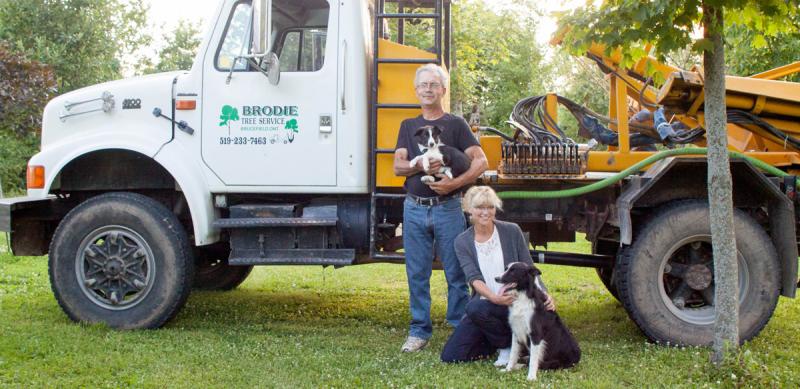 Congratulations on your newly transplanted tree(s). Caring for your trees after planting is as important as the transplanting venture. YOUR TREE(S) are worth nurturing because they are an investment and add many dollars to the value of your homestead.
Congratulations on your newly transplanted tree(s). Caring for your trees after planting is as important as the transplanting venture. YOUR TREE(S) are worth nurturing because they are an investment and add many dollars to the value of your homestead.
Your tree has been transplanted with one of our tree spades allowing as many roots as possible to come with the tree. Because there are probably still some roots left behind, your new transplanted tree will spend the next season or two trying to get over the shock of being moved. It is normal, that first year for the tree to have smaller leaves and look thinner than prior to the transplant. It is using its energy to establish its root system.
Water
Regular watering is important to help the root system, however, take care not to over water. Do NOT water every day. Frequent shallow waterings do more harm than good. Instead, deep water infrequently. A sign that over watering is taking place is yellowing of the leaves-and losing them. Once you feel your tree is establishing, it is not necessary to water your trees when rainfall is 1 inch per week. Common sense will tell you that long hot and dry summers require more attention.
Staking
Sometimes, staking a tree may be necessary if the tree is large or if it's exposed to a windy site. If the tree can develop anchorage and not rock back and forth with the wind, the root system can establish much quicker. Stakes can be damaging to the bark, so care must be taken that the bark is protected.
Mulch
Retaining mulch around the base of the tree, but not too thick, will help keep moisture in. If the mulch is too thick-more than 4”-it can smother the tree (lack of oxygen). Rodents find the mulch a favorable place to nest, so check it now and again. Mulch also keeps weeds down and helps reduce damage from lawnmower equipment. If possible, use organic material such as shredded leaves or wood mulch around the base.
Fertilizing
It is not necessary to fertilize your newly transplanted tree(s) the first year. The following years, the tree would benefit from a slow release fertilizer. If the tree is fertilized, it nourishes the tree and helps protect it from pests, diseases and storm damage. We can help you decide how to handle your fertilizer needs.
Pests/Insects
Every year there seems to be a different insect that is overpopulated. Watch for leaf hoppers, leaf miners, leaf rollers, aphids, spider mites, spruce bud worm, spruce aldegid, etc..Keep an eye on the aesthetic look of your tree to keep tabs on the health of your tree. There are many products available on the market to help protect your tree from these damaging insects-- we try to combat them as organically and naturally as possible. Remember that there are good and bad insects and we need to protect the good ones as much as we can. If you are interested, we can guide you to the most natural way.
Disease
There are many diseases than can affect your tree. Take note of your trees' colour, growth rate and overall appearance. Some diseases are airborne, some spread through equipment such as pruners and some spread through insects. Most diseases are encouraged by environmental conditions. Many diseases are not life threatening to the tree but the sooner it is diagnosed the sooner it can overcome it. Most often, diseases and insects will go hand in hand.
Herbicide/Chemical Injury
Sometimes we don't realize that the chemicals that are placed on our lawns for weeds can do some damage to the root zones of the trees or the tree itself, either through application or drifting of the chemical. It would be a good idea to mark on the calander the dates and names of any of these chemicals used to help identify any potential problems.
We can help guide you with a program to help maintain the health of your tree, starting with nutrition in the soil. Let us know if you are interested.
Thanks,
Dave and Pat

